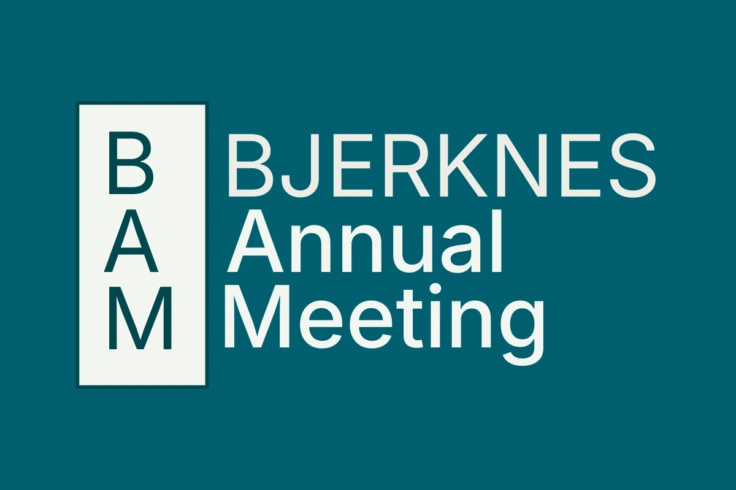Kalender
Ocean Science Bar, Sea Level Change, One Tide at a Time?
Tidspunkt
22. mai 2025, 17:00-20:00
Sted
Statsraaden Bar & Reception, Bradbenken 2, Bergen
Welcome to Ocean Science Bar Thursday 22nd of May at 1900 in Statsraaden Bar & Reception!
(Note the change of date - we normally have Ocean Science Bar the last Thursday of the month but had to make an exception here)
Bergen at the turning point: Sea Level Change, One Tide at a Time?
How much has the sea around Bergen risen recently? Is it going to keep rising – and how fast? And what does Greenland have to do with it? Sea level isn’t as steady as it might seem. It moves, slowly but surely. The factors driving these changes are complex, and understanding them is key to knowing what’s ahead for Bergen.
In this talk, Konstanze Haubner (University of Bergen, SEAS fellow) and Kristin Richter (NORCE) explore how and why the ocean is slowly reshaping the Norwegian coast. Drawing on research focused on regions like Greenland and Western Norway, they reveal the forces behind sea level change - and what it means for Bergen.
Join us for a talk and a pint, meet colleagues and get an update on the latest ocean research - welcome to all! Please help spread the word in your group.
See full description here: https://www.uib.no/en/ocean/177655/bergen-turning-point-sea-level-change-one-tide-time
Flere kalenderoppføringer
Se alle
Bjerknes Annual Meeting (BAM) 2026
